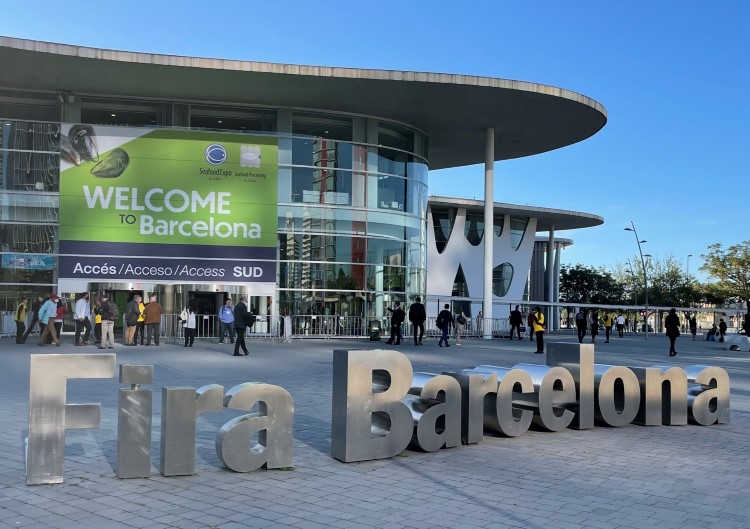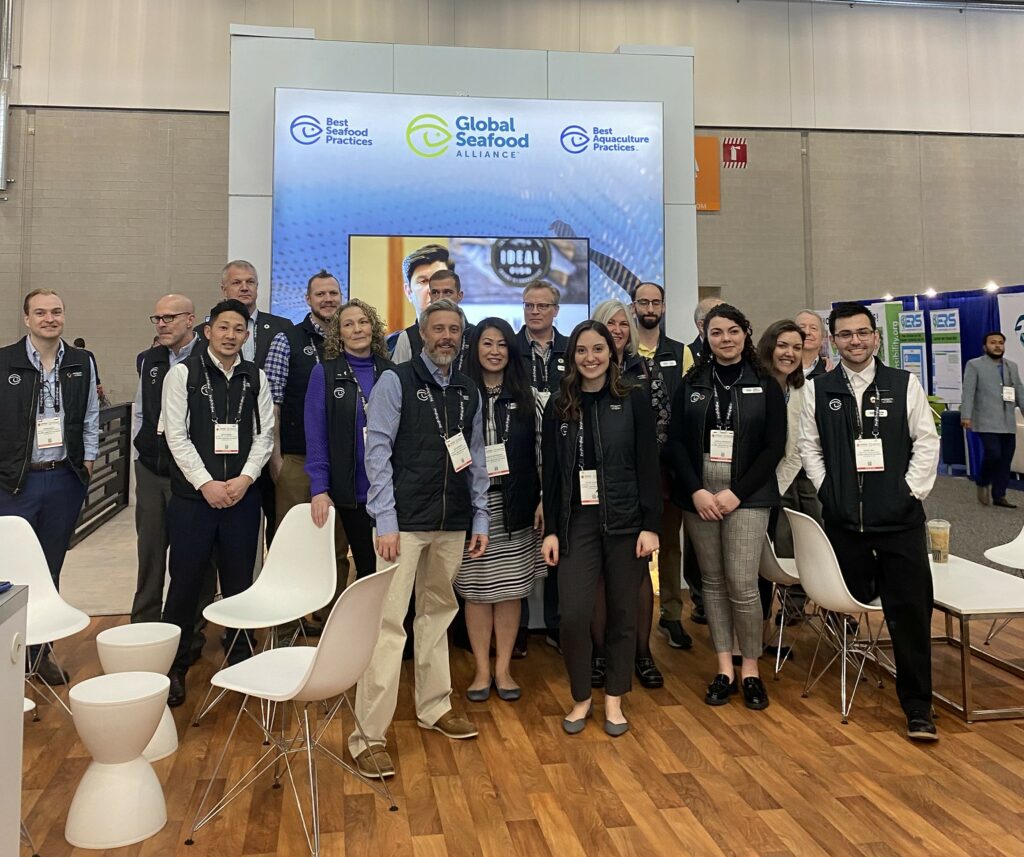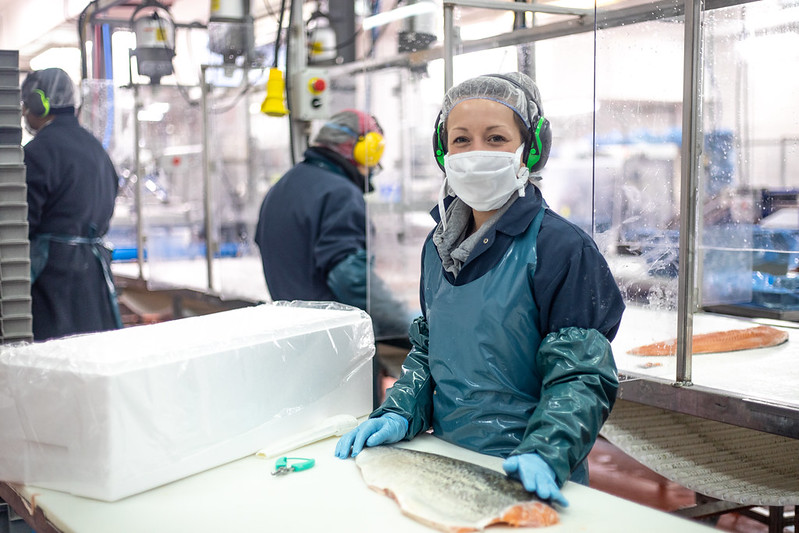Blue Ocean Gear: Keep lobster fisheries fishing with gear tracking
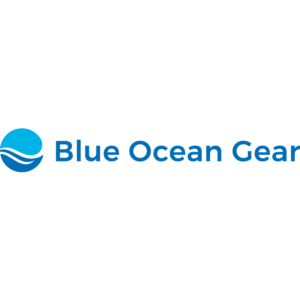 This blog post features one of GSA’s Corporate Members, Blue Ocean Gear. Corporate Membership is the closest way a company can align itself with GSA, and we thank Blue Ocean Gear for their support of the work GSA does to advance responsible seafood practices.
This blog post features one of GSA’s Corporate Members, Blue Ocean Gear. Corporate Membership is the closest way a company can align itself with GSA, and we thank Blue Ocean Gear for their support of the work GSA does to advance responsible seafood practices.
Concerns about whale entanglement risk and ghost gear more broadly are driving calls for the adoption of new technology in some of North America’s most important fisheries. Ropeless or on-demand gear has dominated the headlines and regulatory discussions, but most fleets have resisted the adoption of expensive equipment that requires a material change in the way they fish and how their fishery is regulated. These public debates overlook more fisherman-centric technologies that are already in widespread use and achieving many of the new regulatory goals.
After working with pot fishermen from New Brunswick to Alaska, the team at Blue Ocean Gear is keenly aware of the pressures faced by fisheries like lobster. That experience has allowed them to create a product that provides immediate value to fixed-gear fishermen today while also anticipating and supporting the industry’s longer-term sustainability goals. Their intelligent, connected buoys monitor the location and movement of deployed gear along with local ocean conditions.
What does it mean to fish smarter, not harder?
Blue Ocean Gear’s buoys are small and light enough to be stored inside a crab or lobster pot and durable enough to be bounced off the deck or survive being dragged down to depths of more than 200 fathoms. What does it actually mean to deploy this technology, though? That’s something that Marc Palombo understands on multiple levels as a lifelong lobsterman who has been actively participating in Southeastern New England’s gear testing program. “We were focused on using [Smart Buoys] to get a position of the on-demand gear when it came to the surface for our lobster and crab gear, and that’s worked incredibly well.”
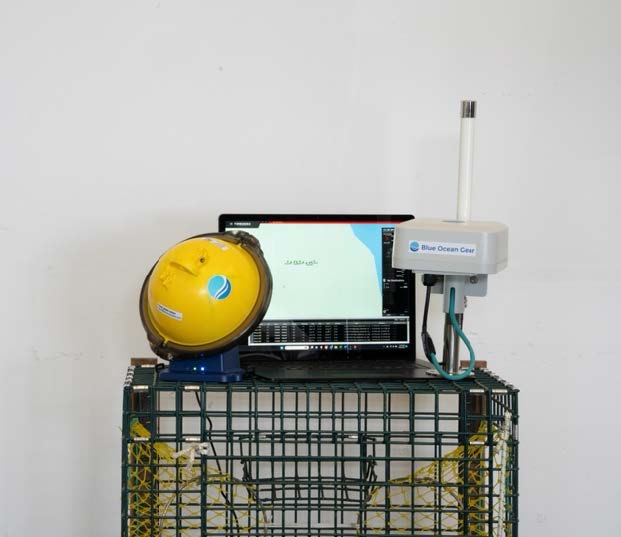
Those sorts of efficiencies represent the “fish smarter, not harder” mantra that many fishermen advocate. Having real-time location data can save measurable amounts of time and money, which is especially valuable for fishermen when they are in search of missing gear. With the ability to integrate buoy data directly with their plotters, users can see the patterns of how their gear is drifting and diving, providing them with more real-time insight.
Rather than requiring new fishing processes and behaviors, Smart Buoys make established methods and habits easier. In stormy or foggy weather, traditional surface buoys can be nearly impossible to find, particularly if the gear has been dragged by the waves or currents, but Smart Buoys allow users to pinpoint the location of their gear on their existing plotter. This efficiency can mean savings of anywhere from two to seven hours on a typical day of hauling along with a significant reduction in both fuel burn and time on the water.
Fishermen working in areas that are threatened by whale entanglement are seeing the value of Smart Buoy technology in a whole new way. The adoption of gear tracking opens a new avenue of discussion around how to address growing regulatory pressures around increasing whale activity in many highly productive fishing grounds.
While certain portions of the industry will likely move towards on-demand technology, the implicit costs of that transition are significant. Setting up singles or a trawl of pots with on-demand gear requires a different approach, bringing uncertainty around what would be a new setting and hauling process, much less the dependability of the new technology itself.
Despite these challenges, the reduction of entanglement-related whale mortality is a priority for fishermen and regulators. Innovations like Blue Ocean’s Gear Smart Buoys and supporting cloud-based software offer a viable middle path that could allow fishermen and fisheries to actively reduce and track entanglements while also supporting the development of long-term policy decisions around how to best implement and fund the widespread use of on-demand gear.
An incremental approach to change
“Our view is that there’s a real impetus and an urgency to address whale mortality risk to the point that we need to get something done now,” argues Blue Ocean Gear co-founder, Peter Macy. “The challenge is that at this moment, the industry as a whole is still at the beginning of the adoption curve for on-demand gear. That’s where we can come in as an evolutionary step for fishers and regulatory agencies who are looking for a less dramatic and expensive means of improving the sustainability of their fishery. Our technology reduces lost gear both during and after the season, while also providing clear, shareable gear tracking data, particularly during those times when whales may be in the area. Our goal is to keep markets active and fisheries open as they sort out exactly what larger scale changes may be in store.”
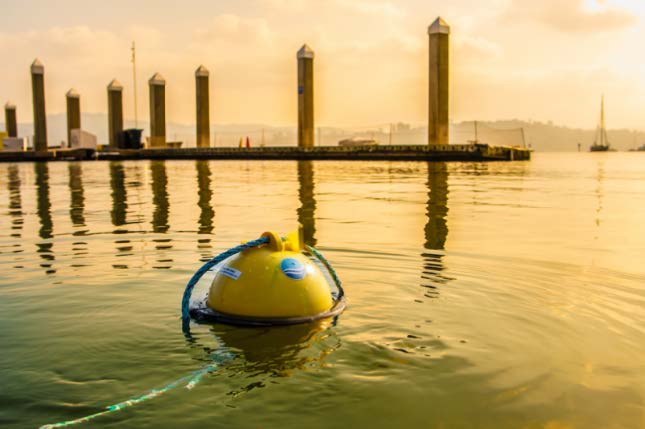 “The most significant benefit is being able to almost instantly locate any gear that comes to the surface,” points out Marc Palombo. “This is important especially in a whale closure area, as we don’t want to have any interactions with whales. There are already closures that are happening throughout the year, and this technology can mean knowing whether or not there’s an interaction which is something we must assess and know very quickly.”
“The most significant benefit is being able to almost instantly locate any gear that comes to the surface,” points out Marc Palombo. “This is important especially in a whale closure area, as we don’t want to have any interactions with whales. There are already closures that are happening throughout the year, and this technology can mean knowing whether or not there’s an interaction which is something we must assess and know very quickly.”
An understanding of those interactions is also a factor in one of the big debates between fishermen and scientists about whale entanglements. Fishing areas are often cited as locations where certain whales congregate, but that doesn’t always line up with what fishermen are actually seeing. Those specifics can be captured through data tools like Smart Buoy that provide a means of tracking and mapping across a season, providing both groups with an otherwise unavailable source of truth to help resolve the debate.
For many years, the legacy and history associated with a given market or region allowed fishermen to hold off on the adoption of new tools or innovations. Today though, regulatory and environmental pressures are forcing the issue. “Five years ago, I was that guy,” Palombo admitted. “I didn’t want to deal with any of it. But what I came to realize is that whether we like it or not, change is coming. So, let’s be part of the conversation.” The gear tracking buoys from Blue Ocean Gear are legal for use in fisheries worldwide and can be used in combination with any gear configuration, whether traditional or on-demand. Adoption can enable immediate benefits but can also be part of a broader on-demand fishing technology ecosystem. Of course, the logistics and costs are always going to be top of mind, but the support that Palombo mentioned is available in terms of both logistics and funding.
In Canada, the DFO’s Atlantic Fisheries Fund and Ghost Gear funds have both supported the adoption of innovative technology that supports sustainability. The International Fund for Animal Welfare and Conservation Law Foundation have also been active supporters of fishing tech like Blue Ocean Gear’s Smart Buoys on both sides of the border.
This growing pool of funding and resources available to support the adoption of new fishing technology is an indication of the efforts to enable larger changes across the industry. That said, the successful roll-out of these changes is contingent on the evolution of the expectations that fishermen and their crews have around the value of new tools to better support their day-to-day operations, as well as the broader sustainability of their fishery. In an industry famous for its connection to history and tradition, an incremental approach to change is likely to be the most successful path.
If you know someone who would like to try a Smart Buoy, complete the contact form on Blue Ocean Gear’s website.
Thanks for being a member, Blue Ocean Gear!


